General Info – summary
This South African endemic and dioecious Tree, with up to 3 stems, may reach 7m high. The pinnately compound Leaves near stem ends are up to 3,5m long. Leaflets lack a central midrib, are up to 15 x 2,5cm & have parallel veins. 2-5 cylindrical male Cones have motile sperm. The larger female Cones develop on large scales and are yellowish green. Ripe scarlet Seeds are large (to 4cm long) with a fleshy covering.
Encephalartos altensteinii
Description
Previous Name: Nil.
SA Tree No. 3.
Common names: (Afr) Broodboom, Oos-Kaapse Broodboom, Oos-Kaapse Reusebroodboom. (Eng) Bread Palm, Breadtree, Eastern Cape Cycad, Giant Eastern Cape Cycad. (isiXhosa) Isundu, Umguza, Umphanga. (isiZulu) Ujobane.
Comparing Gymnosperms (G) and Angiosperms (A). G and A are both Spermatophytes (seeds producers). G seeds are naked (unenclosed), lack flowers (have no ovaries or fruit). In A, seeds develop in flower ovaries. After fertilization, the ovule (egg) becomes a seed, and fruit surrounds the ovaries. In G seeds are usually in cones and become visible when mature cones open. Both G and A have vascular tissue: xylem (water conducting – from roots) and phloem (products of photosynthesis from leaves to the plant). There are far less species in G (1 000+) than A (300 000+). G are mainly woody trees and shrubs and only 1 sp. has climbing vines. In A there are many herbs, climbing vines and trees. Conifers (including pines) are the largest group of G).
Family: Zamiaceae. This family is part of the major group: Gymnosperms. They are usually cone-bearing plants producing naked seeds and include Ginkgo (in China), Cycads, Conifers (e.g., pine trees) and Gnetophytes: e.g., the unique Welwitschia mirabilis (tweeblaarkanniedood) are not wind pollinated and found in the deserts of western Namibia and southern Angola. Members of the gymnosperm family Zamiaceae have no flowers or fruit and the seeds are often contained in Cones. This family has 8 genera, including the Genus Encephalartos, which contains all species of cycads).
Name derivation. Those cycads, native to Africa are all contained within the genus Encephalartos (within-head-bread) – referring to the starchy bread that can be made from the pith of the inner trunk. altensteinii – after Baron Karl von Stein zum Al-tenstein (1770-1840). He was the Prussian minister of state who reformed the Prussian educational system. The African plants in the genus Encephalartos include about 66 species and there are about 30 species in southern Africa.
Species of Encephalartos (Cycads) are only superficially palm or fern like and are usually unbranched. The cycad tap Root is usually soon replaced by lateral roots, which become woody. Cycads have Coralloid Roots that contain symbiotic cyanobacteria (blue-green algae) that fix atmospheric nitrogen. Through a process of complex biological pathways, the cyanobacteria convert atmospheric molecular nitrogen into compounds such as ammonia, and amino acids needed by the cycads. They are unique Gymnosperms with evergreen, pinnately compound Leaves and only leaf scars eventually remain on the trunk once the leaves fall. Unlike other members of the family Zamiaceae, the cycads have leaflets that lack a central Midrib (vein). The hard leaflets do not bend easily and the sunken veins are parallel. Stomata (structure utilising 2 guard cells that, unlike lenticels, can control gaseous exchange) are present on the lower surface and may occur above. All species are dioecious with male and female Cones developing on separate plants. These cones develop in the centre of the leaf whorls. All species of cycads produce Motile Sperm, which do not move along a pollen tube. At maturity, Seeds are released when the Female cones disintegrate. All seeds produce carcinogenic and neurotoxic glycosides (cycasins). These are poisonous to mammals. The African plants in the genus Encephalartos include about 66 species and about 35+ species occur in southern Africa.
Conservation: National Status: Vulnerable. Assessment Date: 2009.10.31 (J.S. Donaldson). Illegal removal of plants and bark harvesting are the main problems. The population trend is decreasing. In 1995, 438 plants were removed near Tamara – about 15km SW of King William’s Town. Today it is conserved in several protected areas.
Tree
Species of Encephalartos (Cycads) are only superficially palm or fern like and are usually unbranched. This Tree starts with a single stem and may develop up to 3 stems, each is up to 40cm wide and are usually not branched. They may reach 7m high (usually less) and the stems may deviate from the vertical. Each stem may have a Spread of up to 6m (photo 1). The Stem is mainly composed of a pithy storage tissue protected by a solid layer of old, diamond shaped, leaf Bases that do not protrude for long (photo 2). After a certain time, all that remains of the fallen leaves on the trunk are the leaf scars (photo 2). Cycad seedlings have a taproot and its function is usually to take over by large woody branching secondary roots. They also have shorter Coralloid (beady appearance) Roots that contain symbiotic (cyanobacteria or blue-green algae that fix atmospheric nitrogen). Through a process of complex biological pathways, the cyanobacteria convert atmospheric molecular nitrogen into compounds such as the Amino acids asparagine and citrulline that are needed by the cycads.
- Photo: David Becking.
- Photo: David Becking.
Leaves
Cycads are unique Gymnosperms with evergreen, usually pinnately compound Leaves. Leaves are concentrated close to stem ends. Here the Leaflets are arranged along either side of the leaf rachis (central stalk) like a feather (photo 4). Eventually, only leaf scars remain on the trunk once the leaves fall. Unlike other members of the family Zamiaceae, the cycads leaflets lack a central Midrib (central vein – photo 4). The hard leaflets do not bend easily and the parallel sunken veins are difficult to see. Stomata (structure utilising 2 guard cells that, unlike lenticels, can control gaseous exchange) are present on the lower leaf surface and may occur above. Young leaves are bright green are not always produced each spring. Mature leaves may be darker. Wool forms over the crown where the new leaves develop. When growing in the open (Photo 3) leaves are relatively straight and tend to curl backwards. Mature leaves are up to 3,5m long, and may be shorter in those trees growing in full sun. The long rigid Leaflets are up to 15 x 2,5cm. Leaflets do not usually overlap and are not reduced to prickles near the bare Petiole (leaf stalk). Thus, at least the lowermost 14cm of mature leaves are bare. This is unlike E. natalensis and E. lebomboensis where the petioles have prominent prickles. No species of Encephalartos have Leaflets with a central (photo 4) Midrib (the visible central the main rib of a leaf or leaf-like part, a continuation of the petiole). Leaflets may be entire (with a continuous margin, not in any way indented (photo 4 below) or up to five Teeth may be present on one (Photo 5) or both margins. Leaflets near the apex are close to being horizontal to the rachis and form a V-shape closer to the leaf base.
- Photo: David Becking.
- Photo: David Becking.
- Photo: David Becking.
Cones
As with all cycads, this plant is dioecious (with male and female cones developing on separate trees). In A. altensteinii there are usually, 2 to 5+ cylindrical Male cones are borne together, each up to 50 x 12cm. Usually 1 but up to 5 yellowish green, broadly cylindrical to almost ovate (egg-shaped) Female cones may reach about 55 x 30cm and are golden yellow when mature. Here the cone scales are covered with protuberances. These cones develop at trunk ends at the centre leaf whorls. Specific insects (usually beetles) pollinate Cycads. The oval Seeds become scarlet and are usually up to 4cm long. They have a short-lasting fleshy covering. Cycads usually produce poisonous seeds.
In the Gymnosperms, there are 2 modes of fertilization. In all the Cycads (including Encephalartos) and the single extant (still existing, not extinct) species of Ginkgo biloba (in China) the male cones produce motile sperm which do not move along a pollen tube to the egg. All seeds produce carcinogenic glycosides (cycasins). These are poisonous to mammals. Seeds are released when the Female cones disintegrate. The remaining members of the Gymnosperms – including pines, all have non-motile sperm with no flagella that are moved along with a pollen tube to the egg.
Distribution & Ecology
Cycads are the only early seed plants that have evolved a specialized root to host endophytic (lives within a plant for some of its life cycle without causing harm) bacteria that fix atmospheric nitrogen. Endophytes also help induce salt tolerance in other more recently evolved plants.
Encephalartos altensteinii is Endemic in South Africa (endemic – restricted to a particular geographic location). These long living trees are slow growing, fairly hardy and are comfortable in both sun and shade – even growing reasonably close to the coast. They are located in rocky hillsides, close to riverbanks of the Bushman’s River in the Eastern Cape and grow up the coast as far as southern Kwa-Zulu natal. Isolated trees also occur at higher altitudes with cool winters, in the forested Amatola Mountains of the Eastern Cape (situated to the North-west of East London). In the main growing areas, the summers are warm to hot with a summer rainfall between 800 – 1 000mm. Birds consume the cone gum and the trumpeter hornbill and the Knysna turaco (lourie) are attracted to the red seeds. The ingested seeds are later regurgitated and dispersed.
Ethnobotany
The Cones may be Poisonous to man. Trees should be planted in a well-drained position and should not be over-watered. This tree also makes a good container plant. To make Bread the central stem pith needs to be removed. In order to remove toxins present, the pith must be buried for 2 months. It can then be kneaded and baked. Francis Masson (visited South Africa from England from 1772-1775). He was a Scottish botanist and sent back over 500 species of plants – many of which had not been seen before, including Strelitzia reginae (crane flower or bird of paradise), Zantedeschia sp. (arum lilies) and some proteas. One such plant was Encephalartos altensteinii, which was pot-planted in Kew in 1773. It has survived there ever since and is perhaps the oldest pot plant in the world!
References
Boon, R. 2010. Pooley’s Trees of eastern South Africa. Flora and Fauna Publications Trust, Durban.
Coates Palgrave, M. 2002. Keith Coates Palgrave Trees of Southern Africa, edn 3. Struik, Cape Town.
Donaldson, J.S. 2009. Encephalartos altensteinii Lehm. National Assessment: Red List of South African Plants version 2020.1. Accessed on 2023/04/02.
Ginn, P. J, McIlleron, W.G, & Mimstein, P. le S. 1991. The Complete Book of South African Birds. Struik, Cape Town/Singapore.
Lawrence, G. H. M, 1951. Taxonomy of Vascular Plants. The Macmillan Company, New York. Tenth Printing 1965.
Notten, Alice 2003. Welwitschia mirabilis. Kirstenbosch National Botanical Garden, Cape Town.
Palmer, E. & Pitman, N. 1972. Trees of southern Africa, Balkema, Amsterdam, Cape Town.
van Wyk, B. & van Wyk, P. 1997 Field guide to Trees of Southern Africa, Struik, Cape Town.
https://en.wikipedia.org/wiki/Encephalartos_altensteinii
http://pza.sanbi.org/encephalartos-altensteinii
http://www.arkive.org/eastern-cape-giant-cycad/encephalartos-altensteinii/
http://biodiversityadvisor.sanbi.org/wp-content/uploads/sanbi-identify-it/plants/encephalartos.htm
http://www.theplantlist.org/browse/G/Zamiaceae/
http://powo.science.kew.org/taxon/urn:lsid:ipni.org:names:297067-1
Karl vom Stein zum Altenstein – Wikipedia
Gutiérrez-García K, Bustos-Díaz ED, Corona-Gómez JA, Ramos-Aboites HE, Sélem-Mojica N, Cruz-Morales P, Pérez-Farrera MA, Barona-Gómez F, Cibrián-Jaramillo A. Cycad Coralloid Roots Contain Bacterial Communities Including Cyanobacteria and Caulobacter spp. That Encode Niche-Specific Biosynthetic Gene Clusters. Genome Biol Evol. 2019 Jan 1;11(1):319-334. doi: 10.1093/gbe/evy266. PMID: 30534962; PMCID: PMC6350856.

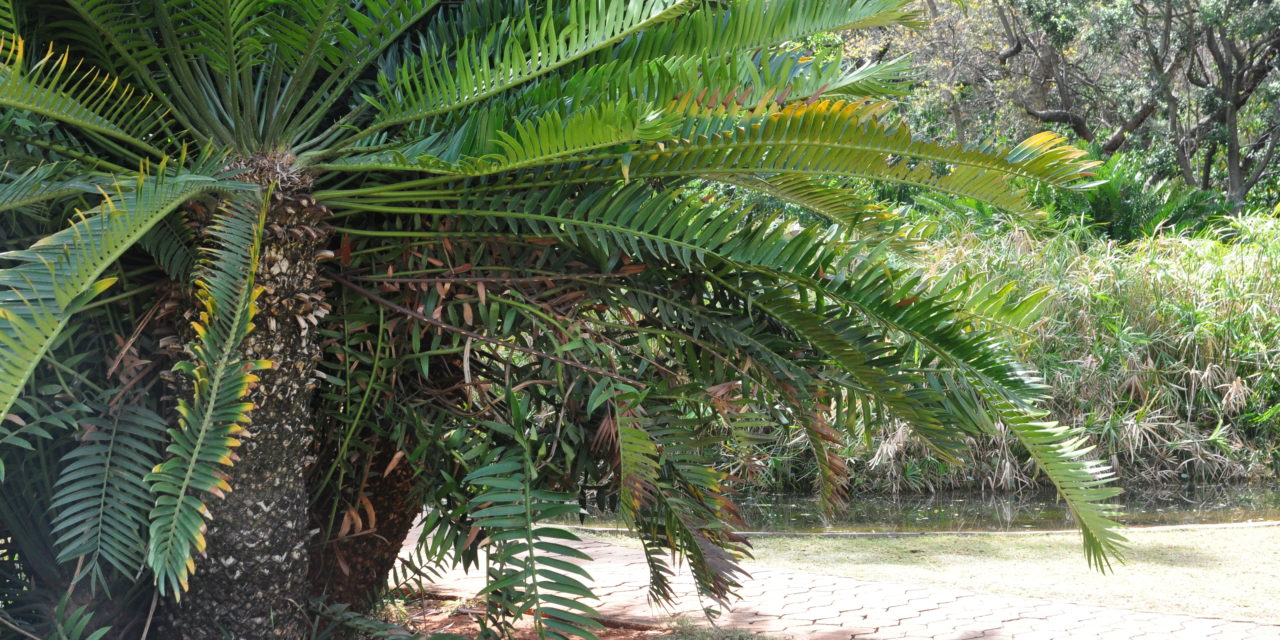
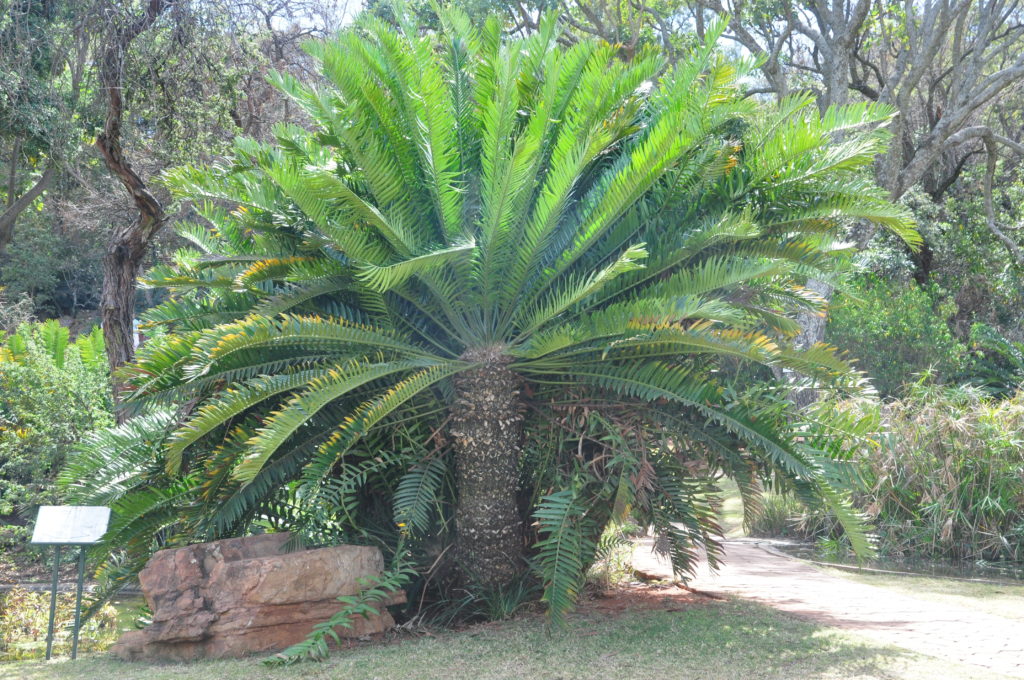
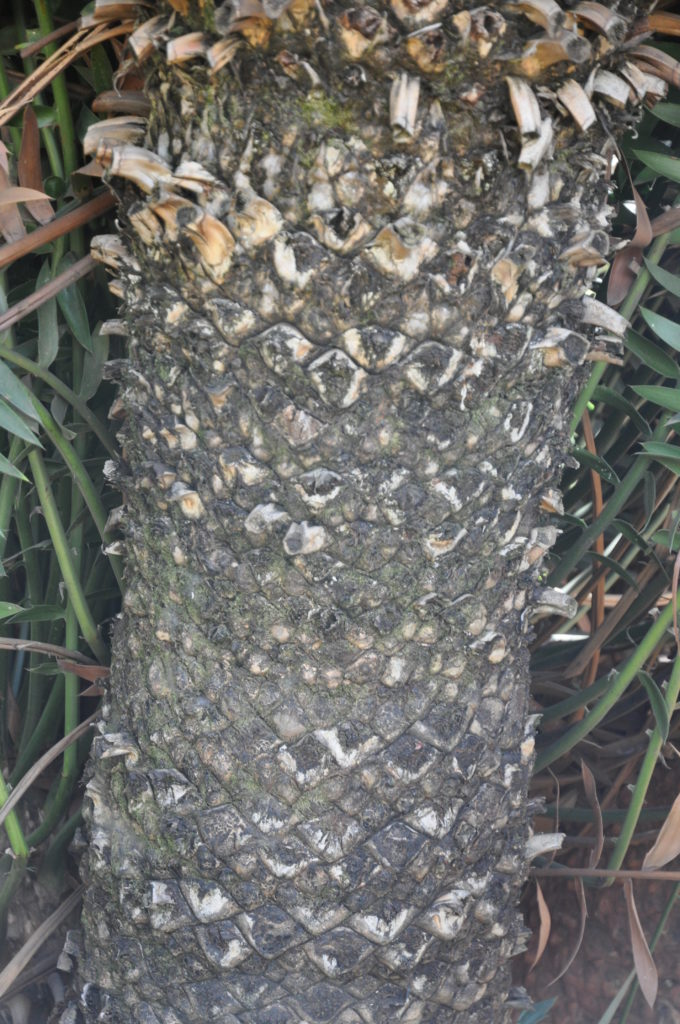
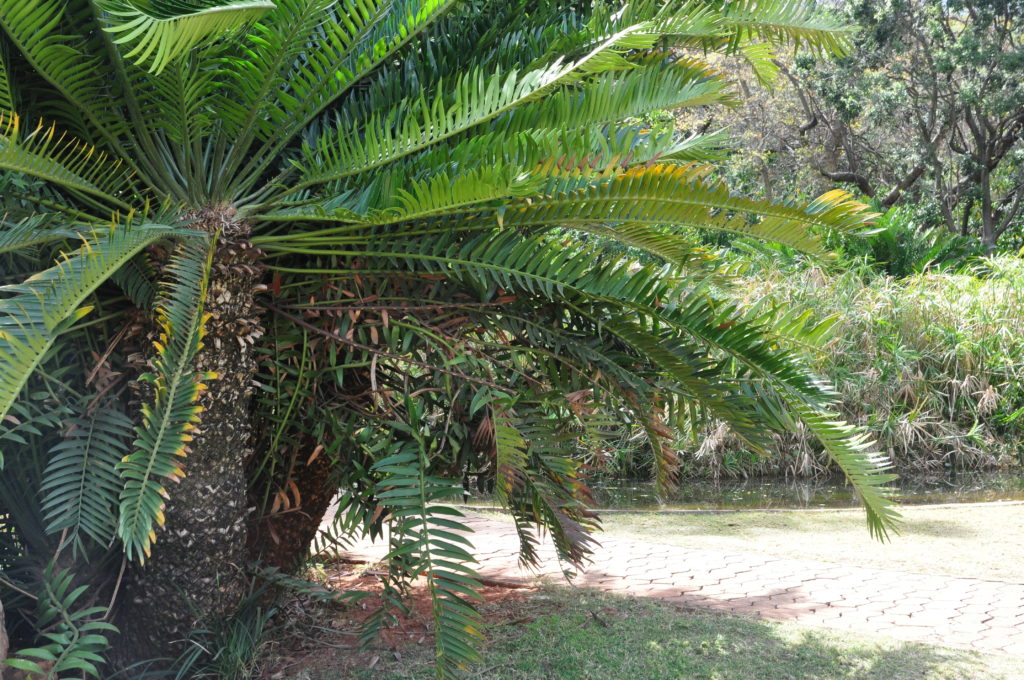
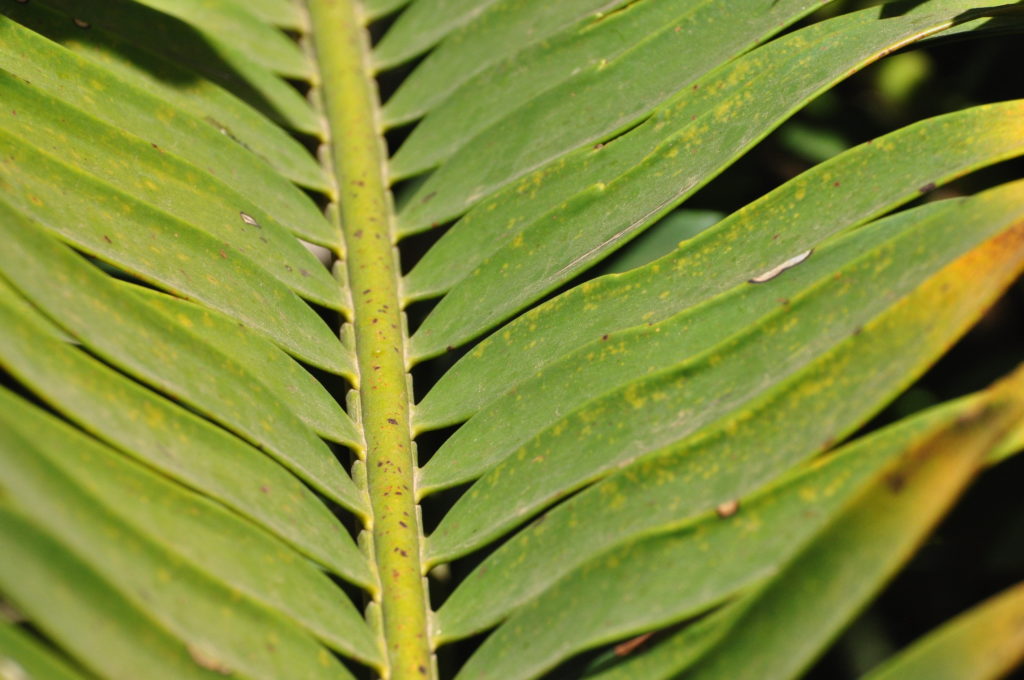
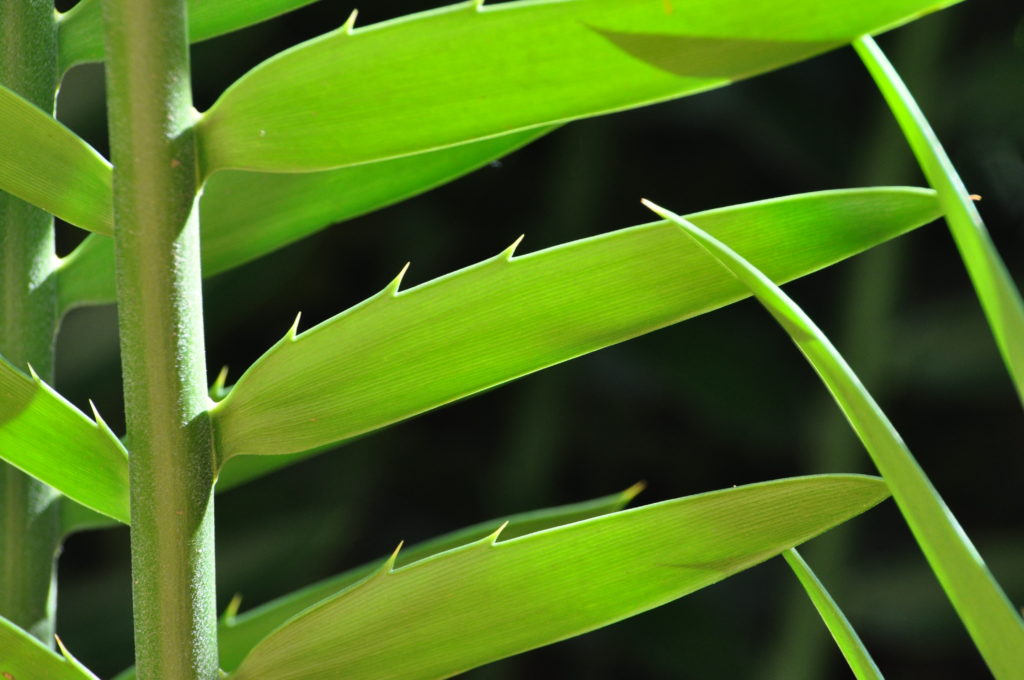
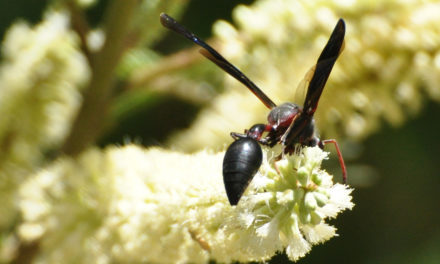
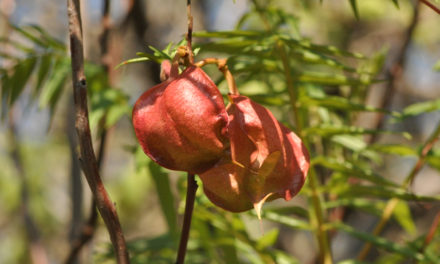

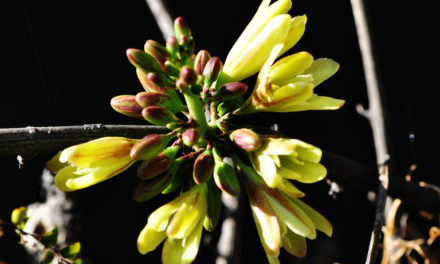
Please could you send me the prices of the following plants seeds, sprouts and/or seedlings.
• Macrozamia
• Lemanii
• Horridus
• Princeps
• Trispinosus
• Altensteinii
• Transvinosus
• Nubimontanis
• Eugene
• Marais
• Cupidus
Greetings
My site is an academic one to view and comment. Nothing is sold. Take care.
David Becking
Hi David
Is it possible to determine the age of a cycad?
Greetings Johan
People that I have spoken to suggest that cycad age can be gauged at by studying the leaf scars on the stem. Climate change with time can be seen by changes of the leaf scar size.
I have included some web sites that may be of interest to you.
https://news.berkeley.edu/2011/10/21/cycads-are-not-living-fossils-from-dinosaur-age/
The Modjadji Nature Reserve. If you are in Mpumalanga (South Africa), this site is worthy of a day trip. It has thousands of one species – the largest one species cycad forest in the world. More details on:
http://treesa.org/encephalartos-transvenosus/
Take care
David Becking